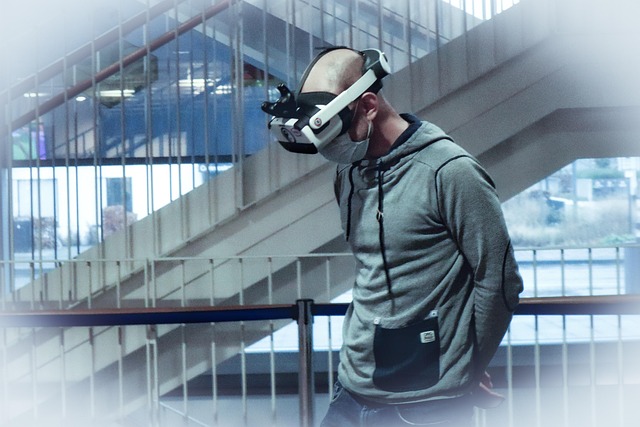In an era where our evenings are often defined by binge-watching the latest series or immersing ourselves in cinematic experiences at home, the intersection of TV and VR technology is setting a new benchmark for engagement and excitement. Imagine plopping down on your couch and being transported into another world—this is no longer the stuff of science fiction but a reality made possible through advancements in display technology.
As we dive deeper into the realm of immersive television, VR technology is at the forefront, offering viewers an unparalleled way to visualize their favorite shows and films. The traditional flat screen, once the centerpiece of living rooms, is evolving into a 3D environment where the content envelops the viewer. It’s not just about watching—it’s about experiencing. Whether you’re standing in the middle of a bustling city in a thriller or floating through space in a sci-fi adventure, this enhanced visualization creates a captivating atmosphere that truly engages all your senses.
Modern monitors are designed to support these immersive experiences. With curved displays and high refresh rates, they bring HDR (High Dynamic Range) content to life, breathing color and depth into scenes. Additionally, advancements in OLED and QLED technologies allow for richer contrast and more vibrant colors, drawing audiences further into the narrative. Imagine a projector screen showing a live football game where you can choose any angle or a nature documentary that places you right in the heart of the rainforest; the possibilities are endless.
The rise of smart TVs integrated with VR capabilities means these experiences can happen right in your living room. Brands are racing to incorporate cutting-edge display technology that harmonizes with virtual reality systems to provide smooth transitions from linear storytelling to immersive environments. This synergy transforms the way we consume television, making it more interactive than ever before.
Moreover, with the increasing popularity of streaming platforms, there is a growing demand for content that leverages VR technology. Filmmakers and content creators are beginning to explore how storytelling can evolve within this expanding landscape. We are witnessing the creation of 360-degree documentaries and virtual experiences that allow viewers to choose their journey through the narrative. This shift not only enhances entertainment value but also forges a deeper connection between the viewer and the content, fostering engagement in an entirely new way.
In addition to the entertainment aspect, VR technology has potential benefits for education and training. Imagine watching an educational program where you can actually step inside historical events, making learning an interactive adventure. The potential applications are vast, reshaping how we view not only television but digital content across various platforms.
As we continue to explore this captivating fusion of entertainment and technology, it is clear that the future of immersive TV is bright. The ongoing advancements in display technology promise to deliver experiences that are not just watched but felt. So, whether you are a technology enthusiast or a casual viewer, there’s a thrilling journey ahead as VR technology shapes the future of television, redefining how we visualize and interact with stories and experiences. Let’s buckle up for a new wave of cinematic experiences that will not just be on our screens, but around us—immersive and unforgettable.




